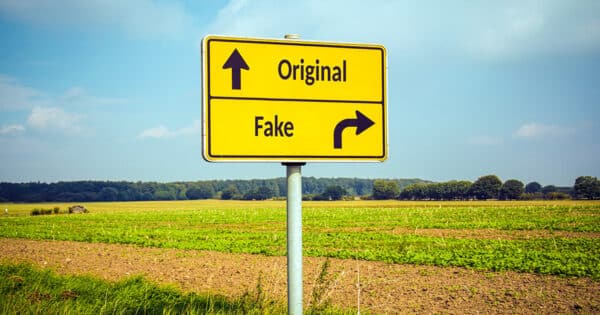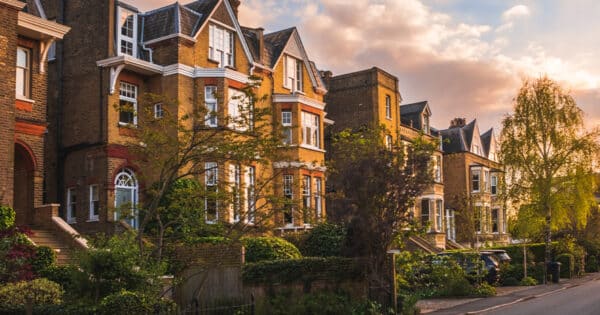Why is the purchase of woodland increasing in popularity?
The coronavirus pandemic has led many to readdress their priorities, particularly when it comes to work-life balance and the environment. Those that live and work in central London, or city suburbs across the UK, have enjoyed a new sense of balance from working at home more, or even full-time, and this has led many to seek a permanent move out of city centres.
The lack of commute and the prospect of only spending a couple of days a week in the office once things return to normal has really driven demand, and as people have more flexibility in their working location and are choosing to be at home more, they’re craving more space and access to nature. This is driving demand for woodland or farmland – particularly in more rural locations – and we’re seeing an increase in enquiries as a result.
What legal obligations do potential buyers need to be aware of before purchasing woodland?
It is important that the appropriate searches are carried out before a purchase completes. You will need to be aware of any Tree Preservation Orders or Sites of Special Scientific Interest that could be in place on the land. As well as ongoing obligations for any Grants received, there could also be restrictions on activities undertaken – such as shooting or quad biking – which may impact a purchase decision.
Make sure you check for any overhead power lines as it would also be your responsibility to ensure any trees close to power lines are regularly maintained. Public access should also be considered. Are you happy for that footpath to run across your property and does that affect any activities you want to undertake on the site? The support of a specialist in rural matters will make you aware of these obligations, whilst also advising you of any potential relief incentives that could make a purchase more attractive – for example, Woodlands Relief and Business Property Relief from Inheritance Tax.
What are the pros and cons of purchasing woodland?
The benefits of such a purchase are huge – access to open space and fresh air is known to positively impact mental wellbeing and woodland plots provide a recreational space where families can enjoy the outdoors. There is also the positive environmental impact of such a space, including the carbon-offsetting benefits of plant life and biodiversity.
That said, the significance of a purchase like this should not be underestimated. There is sometimes a misconception that you can buy woodland and do nothing with it, but such plots must remain well maintained so it’s important to consider this before making a decision.
The general upkeep and maintenance of a plot will involve everything from removing overgrown holly trees to pest control, so that issues such as ash dieback can be spotted and rectified at the earliest opportunity. It’s also important to remember that where you have public access there is the appropriate insurance in place and that may include an obligation for regular inspections of trees which line or overhang those pathways.
It may be fun to go out in your wood with a chainsaw in order to clear an area but it is very important that you have the right protective gear and the appropriate training.
Whilst it’s important to go into the purchase of a woodland plot with your eyes open, the benefits acquiring your own piece of nature can bring to you and your family are definitely worth considering and I expect to see it to become increasingly popular throughout this year.
How Moore Barlow can help
Whether you are looking for advice on transactions covering your rural property or farm, the management of sporting activities, agricultural tenancies, estate planning or partnership and farming structures, you will want to engage professionals with a specialist understanding of rural life.
We offer expert advice in a wide variety of areas of rural life, including supporting private landowners in their property transactions, renewable energy projects and access to a range of national and local schemes.







